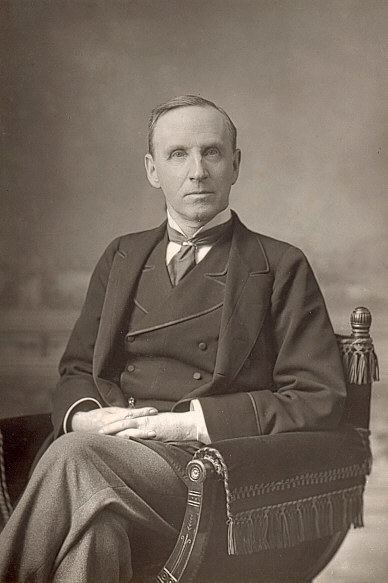Founded 1295 | Major settlements Newcastle upon Tyne Date dissolved 1918 Number of members 2 | |
 | ||
Replaced by Newcastle upon Tyne Central | ||
Newcastle-upon-Tyne was a borough constituency in the county of Northumberland of the House of Commons of England to 1706 then of the House of Commons of Great Britain from 1707 to 1800 and of the House of Commons of the United Kingdom from 1801 to 1918. It returned two Members of Parliament (MPs), elected by the bloc vote system.
Contents
- Boundaries
- Members of Parliament
- Elections
- Elections of the 1720s
- Elections of the 1770s
- Elections of the 1790s
- Elections of the 1810s
- Elections in the 1910s
- References
The constituency was abolished in 1918, being split into four divisions; Newcastle-upon-Tyne Central, Newcastle-upon-Tyne East, Newcastle-upon-Tyne North and Newcastle-upon-Tyne West.
Boundaries
The constituency was based upon the town, later city, of Newcastle-upon-Tyne; in the historic county of Northumberland in North East England. In 1848, the constituency boundaries were described in A Topographical Dictionary of England
The borough first exercised the elective franchise in the 23rd of Edward the First, since which time it has returned two members to parliament: the present electoral limits are co-extensive with those of the county of the town, comprising 5730 acres; the old boundaries, which were abrogated in 1832, included 2700 acres only.
When the House of Commons debated the boundaries to be used from 1832, the Tory Party suggested including Gateshead (to the south) and South Shields (to the east) within the Newcastle-upon-Tyne constituency. The Whigs resisted this idea, so these two neighbouring settlements were not incorporated into this seat.
The boundaries of the parliamentary borough, as defined by the Parliamentary Boundaries Act 1832 (2 and 3 Wm. 4, c. 64), remained unchanged from 1832 until the area was divided into single member constituencies in 1918. These were not necessarily identical to the boundaries used for local government purposes.
In the period after 1885, the constituency was surrounded by Wansbeck to the west and north, Tyneside to the north ease and east, Jarrow to the south east, Gateshead to the south, and Chester-le-Street to the south west.
Members of Parliament
Party affiliations are derived from Stook Smith and Craig (see reference section below). Tory is used prior to the 1835 general election and Conservative from that time. Liberal candidates (as listed by Craig) before the formal creation of the party, shortly after the 1859 general election, are listed as Whig or Radical if the information is available in the work by Stooks Smith.
MPs, who were known by the same name, are distinguished in the table below and the election results by a number in brackets after the name. It is not suggested that such numbers were used by contemporaries of the individuals so numbered.
Elections
The bloc vote electoral system was used in elections to fill two seats and first past the post for single member by-elections. Each voter had up to as many votes as there were seats to be filled. Votes had to be cast by a spoken declaration, in public, at the hustings (until the secret ballot was introduced in 1872).
Note on percentage change calculations: Where there was only one candidate of a party in successive elections, for the same number of seats, change is calculated on the party percentage vote. Where there was more than one candidate, in one or both successive elections for the same number of seats, then change is calculated on the individual percentage vote (if applicable).
The reference to some candidates as Non Partisan does not, necessarily, mean that they did not have a party allegiance. It means that the sources consulted did not specify a party allegiance.
Before the Representation of the People Act 1832, the borough had an electorate limited to its freemen. There were about 2,500 voters in the second half of the 18th century.
Elections of the 1720s
Elections of the 1770s
Elections of the 1790s
Elections of the 1810s
Elections in the 1910s
General Election 1914/15:
Another General Election was required to take place before the end of 1915. The political parties had been making preparations for an election to take place and by the July 1914, the following candidates had been selected;
